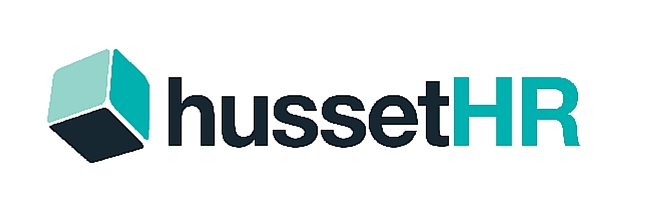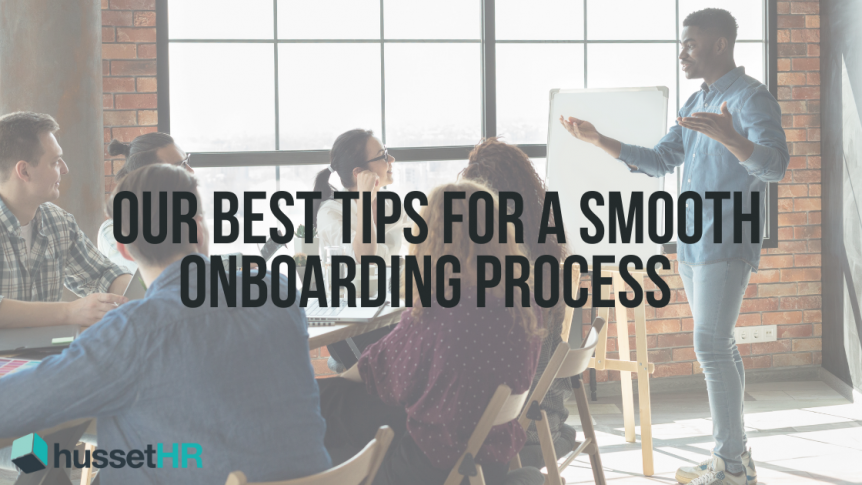The onboarding process can be daunting for both the new employee and the employer. We at HussetHR are here to make it easy. There are many different aspects that go into creating the perfect onboarding process for the beginning of the employees’ time at your business. Unfortunately, some employers forget the importance of a good start!
The onboarding process is the third phase of our Husset Model of HR. It involves probationary reviews, employment agreements, induction and Fair Work Australia compliance.
What is Onboarding?
Onboarding is the process of introducing a new employee to the organisation. This could mean anything from emailing employee handbooks and procedures to introducing the new employee to the team. Depending on the organisation this process can either take 1 week or even up to a year.
In terms of the correct employee procedures, onboarding should be performed at every single business for each new employee. Without onboarding the employee will lack structure and still be confused about their position within the organisation.
You as management want to make a good impression from the start!
Below we have listed some important points when it comes to your businesses employee onboarding.
Don’t forget the basics!
Sometimes when you have worked at a place for so long you forget that the newbies don’t know the simplest things. This is an easy one, let them know where to eat lunch and what time the office usually takes lunch.
Don’t forget to show the team member where the toilet is as well as staff kitchen / lunch area. How to use the coffee machine and any other little things that will go a long way to help them settle in.
This should all come under the umbrella of site orientation.
Site orientation is a must. All employees need to have a clear understanding of where all emergency exits are and evacuation procedures in case of an emergency. Reiterate all workplace health and safety standards, this can be done during the induction.
Create an induction checklist.
When inducting all new employees, it is best to have an overall organisation check list to follow and tick off once completed. The checklist needs to involve things you need to do before the employee starts e.g., returned a signed employment contract. It should also include things you need to do with the employee on their first day e.g., given the employee relevant business policies and procedures.
The checklist will keep everything organised. It also acts as a clear indicator for that all relevant onboarding induction processes have been achieved to give the employee the best possible start.
Ensure management involvement early on.
New employees can easily get thrown into the deep end. Once site orientation and training are complete many employers assume the employee is good to go. This is not the case. You must ensure you schedule regular check ins from the start.
On their first day meet them at the start of the day firstly for their induction. At the end of the day to have a catch up and debrief. Go over the policies and procedures of the business and include the workplace codes of conduct to make sure they have a clear understanding. Make certain that they know the workplace health and safety polices too.
This is also the time for them to ask any questions they may still be confused about after their first day.
As a manager regular check-ins with your employees can catapult a great employee, employer relationship. Your team should feel supported by you in all stages of the employee lifecycle. Check-ins will create a good platform for open communication.
Create a document that provides the staff member with a focus area and goal break down for the day.
This document is simple but effective. Get the new employee to set primary and secondary goals that they will meet each day. This should be discussed during your quick before or after work catch up. These goals will make them feel less overwhelmed. It will document what they need to achieve and help show what they can and cannot get done each day.
The focus area document should be repeated for the first few weeks until they have got their daily tasks down pat.
Put in Place a Buddy Program.
A lot of people dread the term “Buddy Programs” BUT they come with lots of positives. These programs don’t need to be overly formal so keep it casual. Ask long-term staff members if they have any interest making the newest employee feels welcomed. Offer an incentive for the buddy this may encourage to put their hand up for the program.
A buddy program isn’t only a great way to strengthen team relationships building workplace culture, but it is a great opportunity for the new employee to ask their colleagues the smaller questions they may find not important enough to bother management. This will help bring the employee up to speed with the ins and outs of working at the business.
Use Clear Communication and Transparency.
Open authentic clear communication frameworks! This will excel the onboarding process. Employees may initially feel embarrassed or scared to ask questions. Create an environment where any question is a good question!
Finish with a Feedback Survey.
Employee feedback surveys are the best way to get tangible results on how the employee is developing at the organisation. Constructive feedback means you can consistently improve your onboarding process. These surveys are also a great way for the employee to state what they feel most comfortable doing and what is still confusing to them.
Onboarding and employee retention go hand in hand! If the process is smooth, educational and consistent the employee is a lot more likely to remain at the workplace long term which should be the main goal at any business. The less employee turnover the better! The more money and time you spend on a great onboarding process, you will save long term with extraordinary employee tenure.
Remember to focus on acclimatising the employee to your organisations culture and don’t overwhelm them on their first day.

